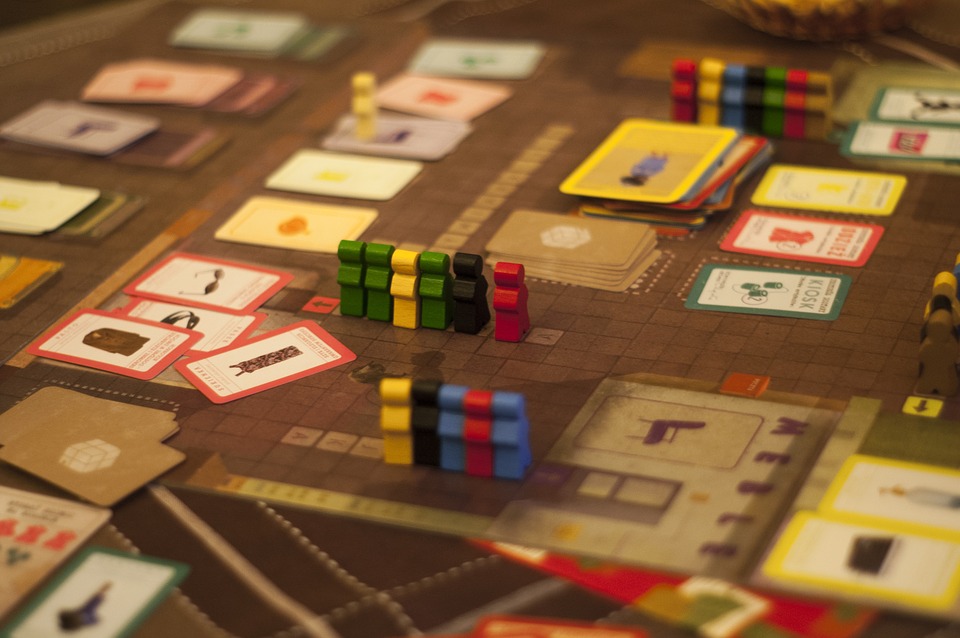Behind every successful crowdfunding campaign is a legion of loyal supporters. When it comes to raising money, there’s strength in numbers: the more backers in your corner, the more likely you are to surpass your funding goal. It’s a no-brainer.
But for most projects, a fanbase doesn’t just materialize overnight. Building an engaged community around a campaign or an idea takes time, effort, and some strategic planning around your content, marketing, and social media efforts.
Find Your Tribe
First, you’ll need to identify your potential backers. Ideally, defining your target market should be undertaken as part of the product research process. It’s crucial to figure out not only why your product should exist, but who has the greatest need and desire to buy your product. Once those parameters have been defined, you can start drilling down into the specifics of how you will appeal to your audience.
While some projects might market themselves, others might require some elbow grease. Strong communities form around shared interests, so if you’re keen to build one around your crowdfunding campaign, you’ll need to share your passions on a public platform.
Be an Inbox Hero
Countless pundits have declared the death of email, but our inboxes are, for better or worse, as overflowing and cluttered as they’ve ever been.
There are a few different ways you can build community through email. You’ll need to build your list. You could build anticipation for your project through a pre-order email campaign, containing a clearly defined call-to-action to gather signups or direct traffic to your Kickstarter campaign page.
Generally, we recommend personalized outreach for those in your inner circle, and modifying the messaging accordingly for people on the periphery of your social circles, people in professional networks, and industry figureheads, bloggers or press. You can learn more about outreach here.
Those with writerly inclinations might want to share their thoughts in a newsletter. They’re a great way to put an email list to use, and can be great for building excitement and support. If you’re using a pared-back service like Tinyletter, a more intimate tone works wonders. Think of it as email marketing with less marketing. It attracts an engaged, artistic community, and is perfect for maintaining community once your campaign ends – perhaps with updates, reflections, and so on.
Be Social
The campaign page is a place to showcase your project narrative: you want people to get wrapped up in the thrill of bringing your project to life. Active engagement with your backers – responding to their comments and feedback, thanking them, posting regular updates – is key.
That said, communities should be cultivated outside of the crowdfunding platform itself: on Facebook, Twitter, Instagram, YouTube, forums … wherever your backers might be lurking. Engagement takes some planning – we recommend creating an editorial calendar that makes sure content is shared across channels regularly.
Having a consistent brand ‘voice’ across multiple platforms builds trust, and also helps you (and your project) gain more recognition. Resist the temptation to bombard your followers with messages, or spam them with requests for likes. Instead, aim to think of each post as a story in itself – a piece of your project’s overarching story. Aim to post content that encourages followers to share or respond: often this content might be emotional, funny, clever, or instructional.
Creators should use social media as an opportunity to showcase their personalities as well as interact with their communities. Responding graciously is a safe bet, even if you’re under fire.
When it comes to self-promotion, a touch of shamelessness never goes astray. Ask relevant forums, outlets, businesses, and so on to help you promote your campaign if possible. Get in touch with relevant industry influencers and crowdfunding blogs Even something as small as a link to your campaign or social media page will help to drive visibility.
Meet and Greet
It’s one thing to have a devoted digital army cheering on your project. For some categories, it might be helpful to nurture one IRL, too.
If you make table top games, issuing a call-out for playtesting can spark curiosity and support for your project. Depending on your budget, you should also consider doing the rounds at conferences and game stores to spread the word. This helps you build support networks within your community, and lets you test your game to make sure it’s the best it can be before launch.
Similarly, if your project is in publishing, film, fashion, or the broader creative arts, consider hosting small events in the lead-up to your campaign launch to bolster momentum. Most of these projects benefit from a vibrant digital presence as well as a physical event. Throwing a party, for instance, broadens your exposure to new audiences, but there are lower-key options too: meet-ups, taking part in local events, as well as appearing at relevant industry events or panels can make your project more memorable in the eyes of others.
